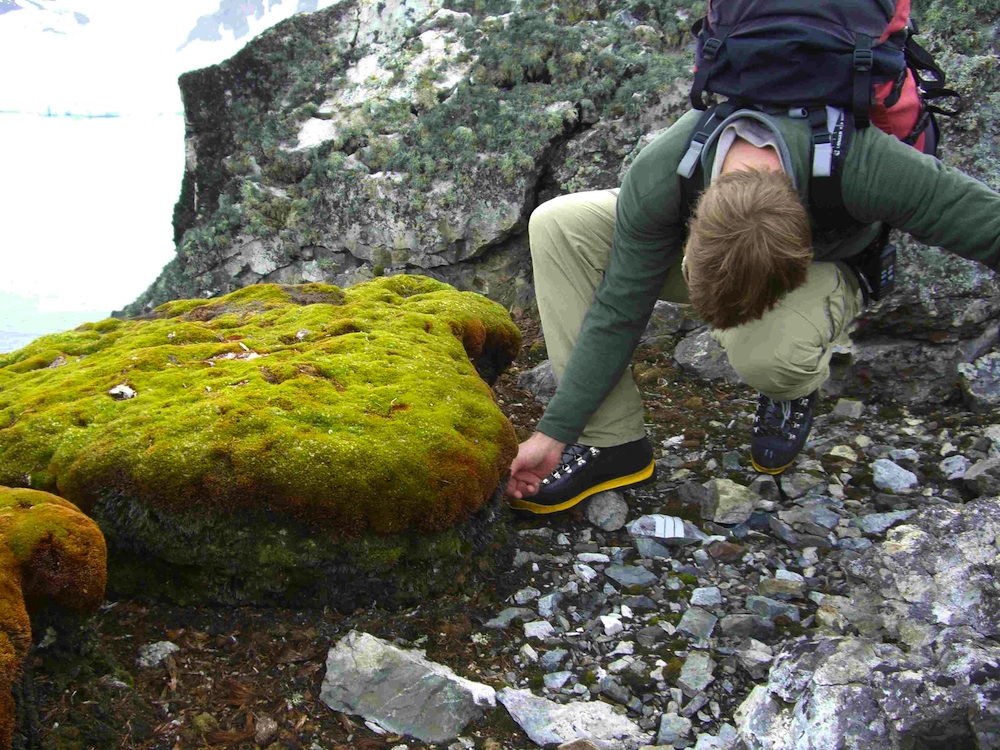
Peter Convey, British Antarctic SurveyThe world’s southernmost moss bank began growing around 1860.
A fleecy clump of moss growing on the Antarctic Peninsula might not seem like much of a sight to behold, but it’s a sign of a climate in flux.
The patch of Polytrichum moss, sampled in 2008 by scientists at Alexander Island’s Lazarev Bay, either did not exist or was slumbering beneath ice when the peninsula was first spotted by Russian sailors in 1820.
But now it is flourishing on ice-free rock — the world’s southernmost such moss bank.
The Antarctic Peninsula is one of the fastest-warming regions in the world, with temperatures rising by one degree Fahrenheit every decade since 1950 — although that rate of warming has recently slowed. As the peninsula warms, and as its ice thaws and rainfall and snowfall becomes more common, soil organisms and simple plants are seizing on new growing opportunities.
The Lazarev Bay moss bank is being exposed to life-giving sunlight during the warmer months, when a blanket of winter snow melts away from its surface. It began growing 150 years ago, mushrooming at 1/20th of an inch during the late 19th and early 20th centuries, according to results of the scientists’ radiocarbon analysis, which were published Thursday in the journal Current Biology.
“The oldest organic matter at the bottom of the core had a most-likely date of around 1860 AD,” lead researcher Jessica Royles of the British Antarctic Survey told Grist.
Starting in the mid-1950s, the bank really took off, growing at four times that rate until the 1970s, when the rate tapered off slightly, perhaps as moisture conditions changed. From the paper:
[Antarctic Peninsula] growth rates and microbial productivity have risen rapidly since the 1960s, consistent with temperature changes, although recently they may have stalled. The recent increase in terrestrial plant growth rates and soil microbial activity are unprecedented in the last 150 years and are consistent with climate change.
Future changes in terrestrial biota are likely to track projected temperature increases closely and will fundamentally change the ecology and appearance of the Antarctic Peninsula.
So get your cruise tickets for the Antarctic now — the landscape might soon start to look a lot less Antarctic-like.



